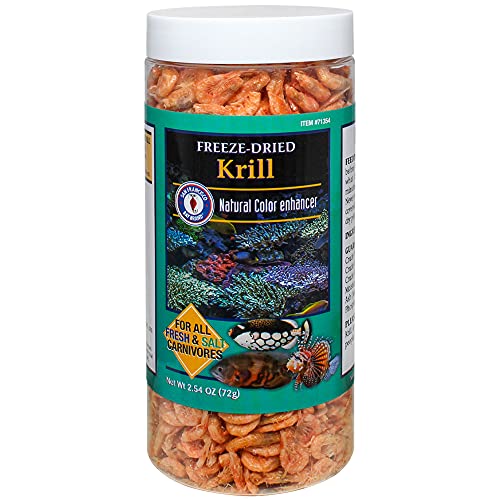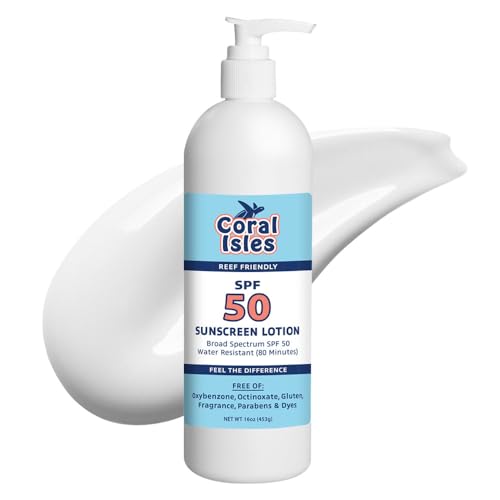well i had a bit of hair algae and a small amount of phos. so started using rowaphos and that got rid of it so figured idd keep it going but if i dont need it i figure why use it now unless i see phos. lvls start to show up on my kit. the light is hung about 3" off the top of the water and corals are all at random locations that are having problems...no after i added the new light everythng started to color up and get real happy for a few weeks...then about three weeks ago is when it all started and i upgraded due to corals browning out. and not having enough lighting...only had a 150 on it.
Thanks for the info. I was curious about the Phosphate/Nitrate/lighting upgrade issue. Ok this is how I see this. keep in mind without seeing and witnessing everything that happened I could be wrong.
Your tank is fairly new. Nice tank BTW remember seeing it sitting there after being built. There is a certain window of opportunity we have to advance toward the next step in the cycling/acclimation/introduction of corals etc process and naturally, (human nature) many people cannot wait until that window is completely open before they try to climb through it. IMHO your tank was not cycled to the point of readiness (by my definition

) before introduction of your corals (remember, you've been battling Nitrate ever since the tank was set up...right? And if I remember correctly you even went back and forth on keeping a sand bed or bare bottom).
That, along with the pre-mature addition of new corals/inhabitants caused your huge spike in Nitrate and that helped jump start your Phosphate/Hair Algae issue and that in turn started your sps to show signs of stress. Those signs of stress were interpreted by you as an indication of inadequate lighting, so you upgraded to 250wt which in turn added to the stress of already stressed out corals.
So....What does all this mean? It means you may have turned the corner. I say this because you said maybe it's time to wait it out and see what happens and that's what I think you should do but not completely...
I think your light is way too close to the water. I also think your upgrade was unnecessary, however, since you have it now I would raise your light so it's no closer than about 10-12 inches from the surface. Keep in mind these adjustment are yet another alteration your corals will have to adapt to. You may even consider a couple inches a day to reduce stress. Keep your water quality steady and high. No Nitrate no Phosphate etc. Keep the temp fluctuations as minimal as possible and keep your flow random but steady. I would also reduce the introduction of any food for fish or corals until you get that Nitrate down to zero. In other words don't go making any drastic changes to the system until your system is ready and what I mean by ready is zero Nitrates. Zero Phosphate. Zero Algae growth. Zero stress.
You've got a great little system but I think the only problem is that you're trying to make your system keep corals instead of keeping corals for your system.
DISCLAIMER;
The views and opinions expressed in this post are solely the views and opinions of the poster and do not reflect the views and opinions of others on this board, nor does it reflect the view and opinions of the staff.




































































